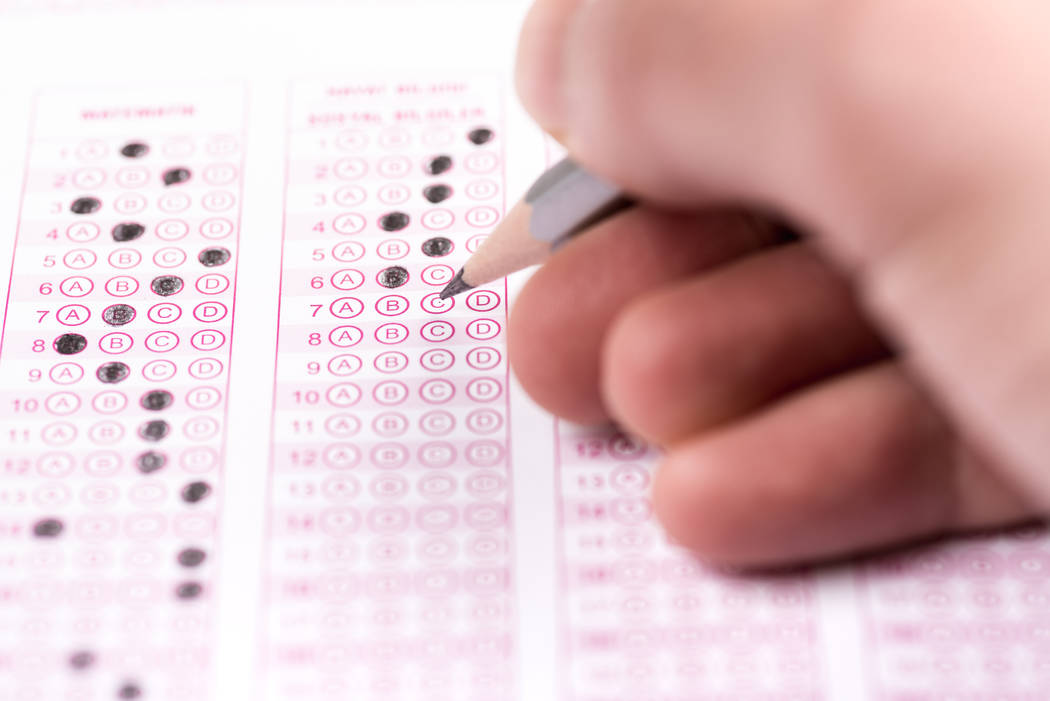Study shows education spending has soared, but achievement gap remains
Self-styled education advocates maintain Nevada must increase spending by more than $1 billion per biennium to provide an “adequate” education for state children. To deflect the argument that more funding doesn’t translate into increased performance, they insist to the effect of, “We don’t know because we’ve never tried.”
But here comes another study indicating that bigger education budgets don’t deliver the promised results. It has lessons for Nevada.
According to a March report by the National Bureau of Economic Research, the nation has made virtually no progress over the past 50 years in bridging the achievement gap between rich and poor students. This failure exists despite the fact that class sizes have decreased by more than 20 percent over that time and “overall school funding increased dramatically on a per-pupil basis, quadrupling in real dollars between 1960 and 2015.”
Interestingly, the study showed that there have been achievement gains in the lower grades, but they evaporate by the end of high school, precisely when most students should be bolstering their skills in preparation for college. Again, all this comes despite billions in federal dollars directed in recent decades toward “at-risk” children.
“Perhaps more disturbingly,” researchers conclude, “the U.S. has introduced and expanded a set of programs designed to lessen achievement gaps through improving the education of disadvantaged students, but they individually and collectively appear able to do little to close gaps beyond offsetting the probable decline in teacher quality in schools serving” poorer kids.
On the issue of teacher quality, the report pulls no punches: “While there have been considerable public discussions of teacher evaluations and programs aimed at teacher effectiveness, few programs and policies at scale directly focus on enhancing this resource, particularly for disadvantaged students.”
In other words, many kids at the lower end of the economic spectrum remain trapped in crummy schools with substandard instructors. Isn’t this what choice programs — so vigorously opposed by the entrenched education establishment — are intended to address?
The study found that race or ethnicity did not explain the issue. Instead, factors such as teacher quality and parental involvement seem more important than government spending and class sizes.
Nevada lawmakers are preparing an overhaul of the state’s 50-year-old per-pupil funding formula to direct more money to disadvantaged kids. Perhaps there is a need to re-examine the current system after more than five decades. But if the National Bureau of Economic Research’s findings are any indication, the state would be better off focusing on teacher accountability and providing more options for low-income students confined to struggling public schools.

















